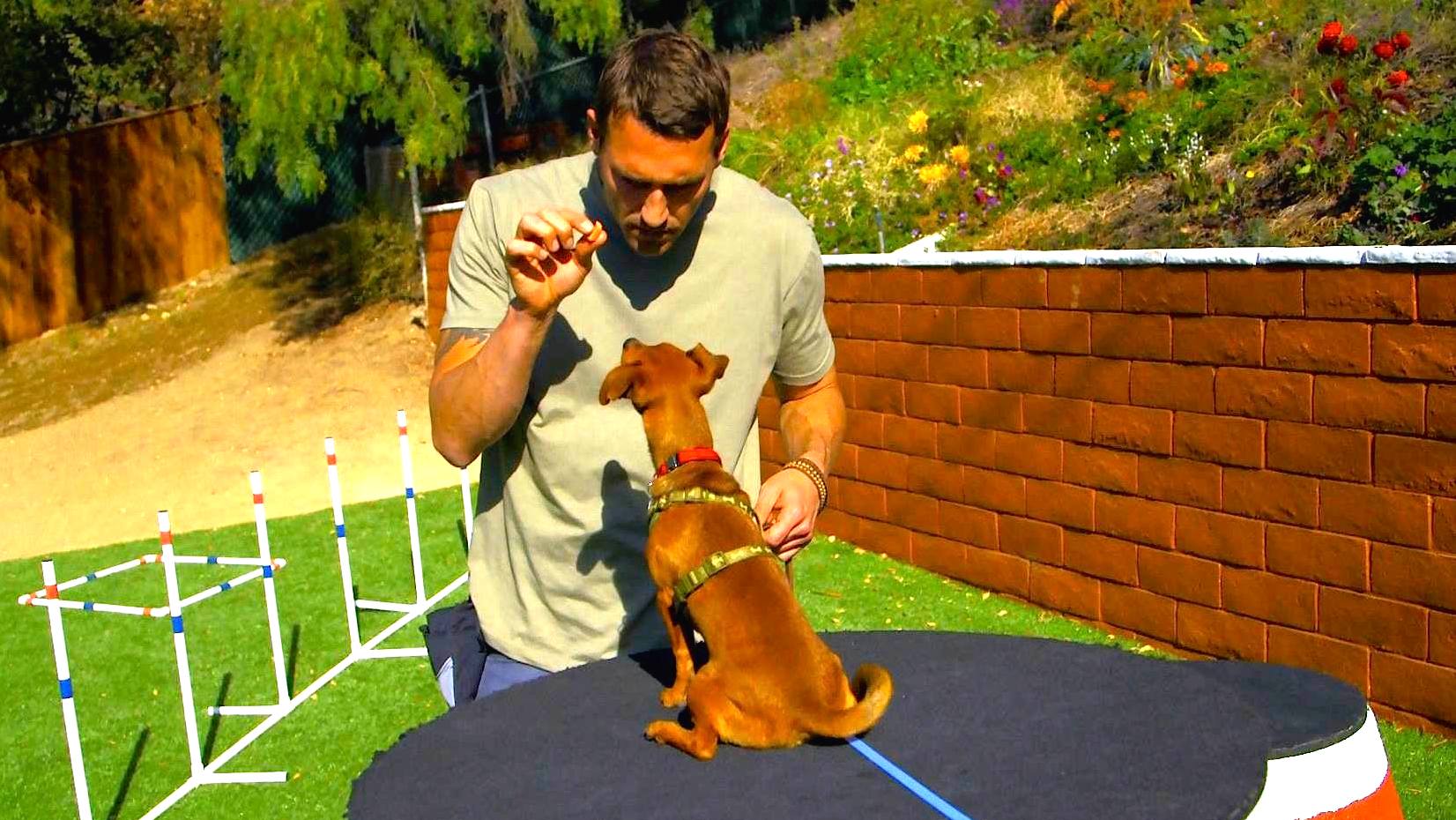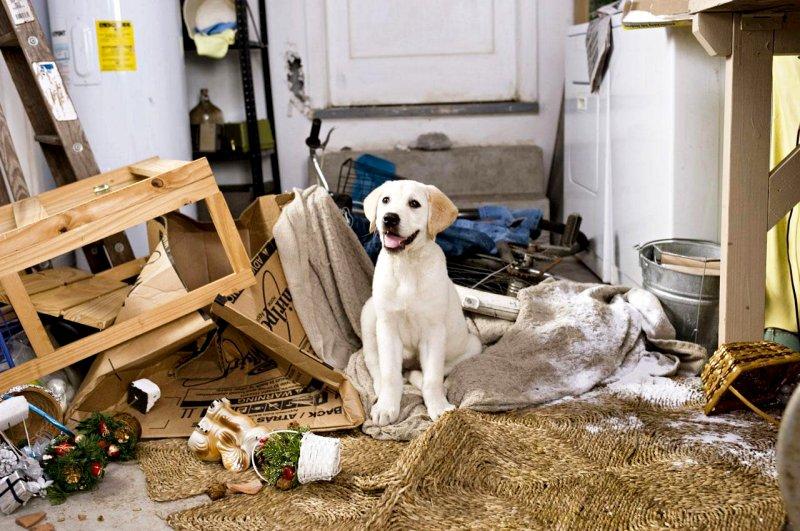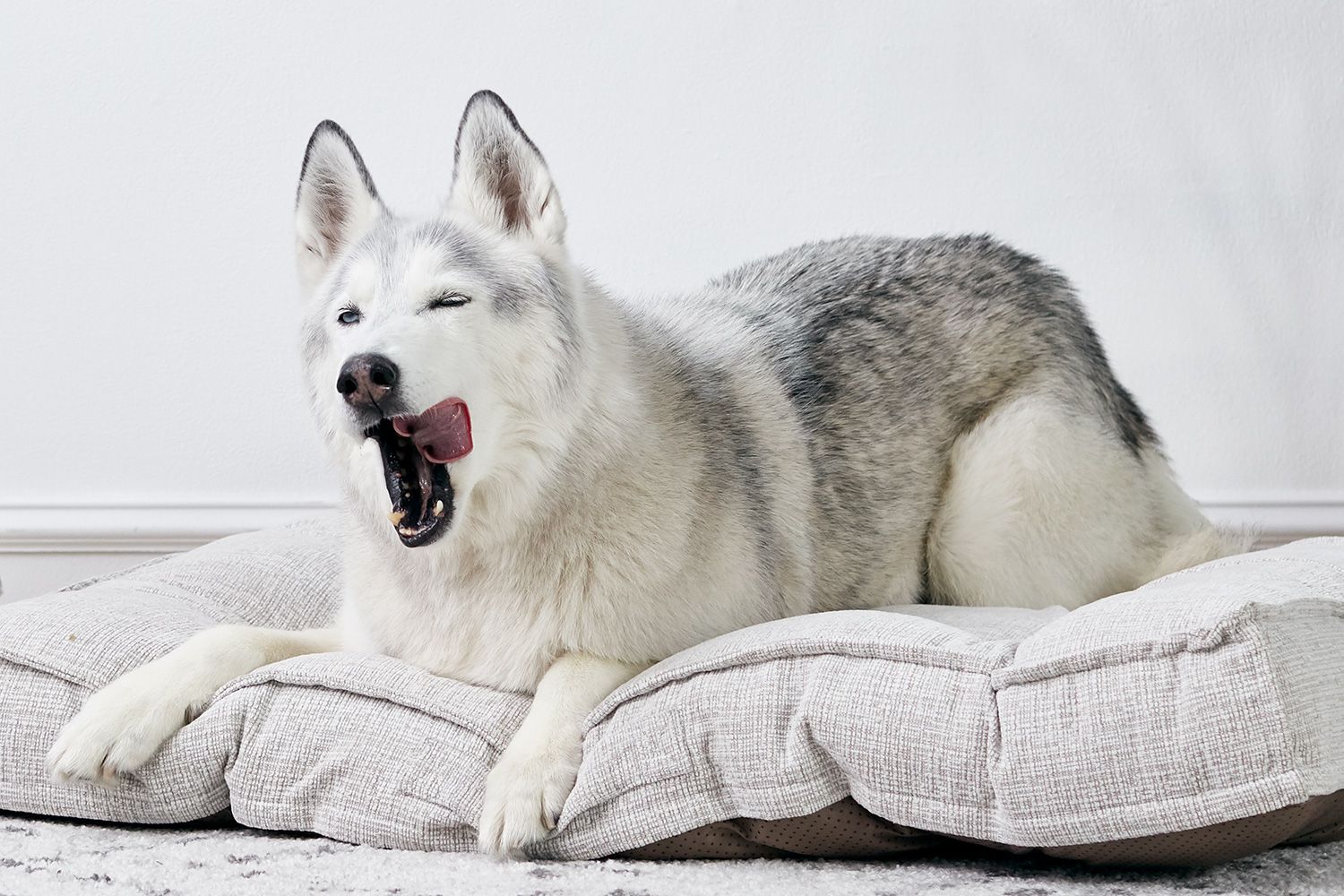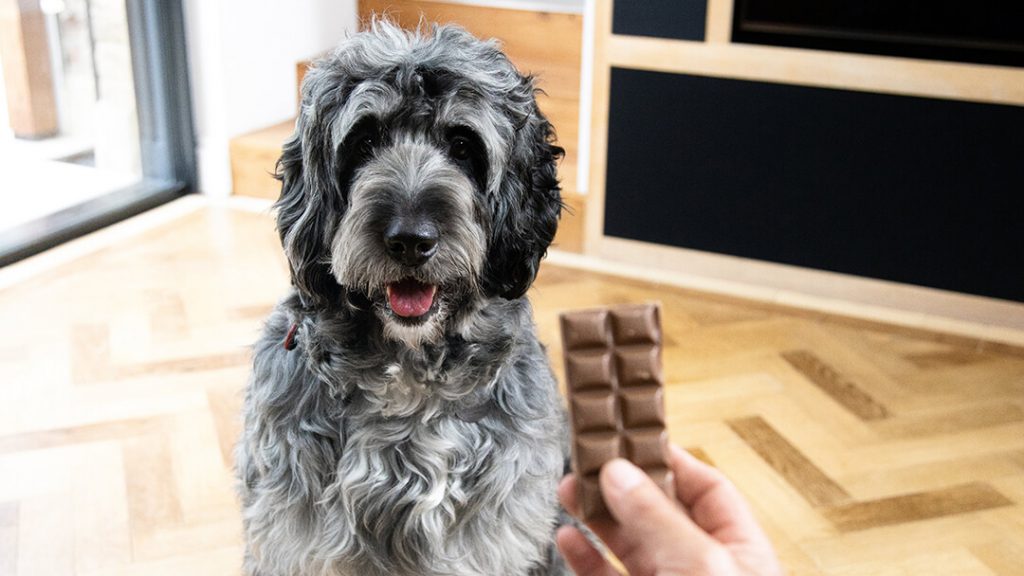What Steps to Take When Your Dog Eats Chocolate: Expert Advice on Safeguarding Your Pet’s Health. Learn what To do if your dog eats chocolate. Get expert advice on safeguarding your pet’s health. Follow these simple steps To ensure your furry friend stays safe.

What Steps To Take When Your Dog Eats Chocolate: Expert Advice on Safeguarding Your Pet’s Health
Understanding The Dangers of Chocolate for Dogs
As a dog owner, you may already know that chocolate is toxic To dogs. But do you know why? Theobromine, a naturally occurring compound in chocolate, is The culprit. Dogs process theobromine much more slowly than humans do, making it extremely dangerous for them. When a dog ingests chocolate, it can cause a range of symptoms, from mild gastrointestinal upset To life-threatening conditions. Knowing what steps To take when your dog eats chocolate can mean The difference between life & death for your beloved pet.
Recognizing The Symptoms
It’s important To be able To recognize The symptoms of chocolate poisoning in dogs. Some common signs include vomiting, diarrhea, increased heart rate, restlessness, tremors, & seizures. If you observe any of these symptoms & suspect that your dog has eaten chocolate, it is essential To act quickly To minimize The risk To their health.
Assess The Situation
Upon discovering that your dog has eaten chocolate, The first step is To assess The situation. Determine The type & amount of chocolate ingested. Dark chocolate & baking chocolate contain higher levels of theobromine & are more toxic than milk chocolate. Knowing this information will help you gauge The severity of The situation & guide your next steps.
Contact a Veterinarian
After assessing The situation, The next crucial step is To contact a veterinarian. Time is of The essence when it comes To chocolate poisoning, so don’t hesitate To reach out for professional advice. Provide your veterinarian with all The relevant details, including your dog’s weight, The type of chocolate consumed, & The estimated amount. This information will help The veterinarian determine The appropriate course of action.
Inducing Vomiting
In some cases, if The ingestion occurred within The past hour & The chocolate hasn’t yet been fully absorbed, your veterinarian may recommend inducing vomiting. However, never attempt To induce vomiting in your dog without expert guidance, as it can be dangerous if done incorrectly. Your veterinarian will provide specific instructions on how To safely induce vomiting, if deemed necessary.
Activated Charcoal Administration
Activated charcoal is a substance commonly used To absorb toxins in The body. In cases of chocolate ingestion, your veterinarian may administer activated charcoal To your dog. This helps prevent further absorption of theobromine in The digestive system, minimizing its effects. Follow your veterinarian’s instructions carefully if activated charcoal is recommended.
Monitoring & Treatment
Once your dog has been examined by a veterinarian, they will determine The most suitable monitoring & treatment plan. This may involve intravenous fluids To flush out The toxins, medications To manage symptoms, & close observation To ensure their condition stabilizes. Follow all instructions provided by The veterinarian & keep a watchful eye on your dog’s recovery.
Prevent Future Incidents
Prevention is always better than a cure. To safeguard your pet’s health, take steps To prevent future incidents of chocolate ingestion. Keep all chocolate products securely stored in a place inaccessible To your dog. Be mindful of chocolate-containing foods & desserts at home & during outings. Educate your family members & visitors about The dangers of chocolate for dogs To ensure everyone is vigilant in keeping it out of your pet’s reach.
What Steps to Take When Your Dog Eats Chocolate: Expert Advice on Safeguarding Your Pet’s Health

What Steps To Take When Your Dog Eats Chocolate: Expert Advice on Safeguarding Your Pet’s Health
While chocolate may be a delightful treat for humans, it can be highly toxic To dogs. If your furry friend manages To sneak a bite of chocolate, it’s crucial To take immediate action To protect their health. In this article, we will provide you with expert advice on The steps To take when your dog ingests chocolate. Follow these guidelines To ensure The well-being of your beloved pet.
Identify The Type & Amount of Chocolate Consumed
The first step is To determine The type & quantity of chocolate your dog has eaten. Dark chocolate & baking chocolate contain higher levels of theobromine, a compound toxic To dogs. Milk chocolate has a lower concentration but can still be harmful in large amounts. White chocolate, on The other hand, contains minimal theobromine & is less dangerous. Contact your veterinarian immediately & provide them with this information.
Look for Symptoms of Chocolate Toxicity
Keep a close eye on your dog for any signs of chocolate toxicity. Symptoms may include restlessness, increased heart rate, vomiting, diarrhea, panting, tremors, & seizures. It’s crucial To act quickly if you notice any of these symptoms. Even if your dog seems fine initially, it is still important To consult a veterinarian for further guidance.
Contact Your Veterinarian
After identifying The type & amount of chocolate consumed & observing any symptoms, it is essential To reach out To your veterinarian for immediate advice. They will assess The situation & provide you with specific instructions based on The severity of The case. Your vet may recommend inducing vomiting at home or advise you To bring your dog in for medical treatment.
Induce Vomiting (if Instructed by Your Vet)
If your veterinarian advises you To induce vomiting at home, follow their instructions carefully. It is important To note that not all cases require induced vomiting, & it should only be done under professional guidance. Your vet may recommend administering hydrogen peroxide To trigger vomiting. However, never attempt this without The explicit approval of a veterinary professional.
Seek Immediate Veterinary Care
In some cases, your veterinarian may advise seeking immediate veterinary care instead of inducing vomiting at home. This typically happens when your dog has consumed a substantial amount of chocolate or is displaying severe symptoms. Follow your vet’s advice & transport your dog To The nearest animal hospital for further treatment.
Preventive Measures for The Future
To safeguard your pet’s health in The future, it’s essential To take preventive measures. Ensure that all chocolate & other potentially harmful substances are kept out of your dog’s reach. Educate your family members & guests about The dangers of chocolate ingestion for dogs. Consider offering your dog safe & tasty alternatives like dog-friendly treats & toys.
Comparison Table: Chocolate Toxicity in Dogs
To further illustrate The severity of chocolate toxicity in dogs, let’s compare different types of chocolate & their effects on canine health:
| Type of Chocolate | Toxicity Level | Emoji |
| —————— | ————– | —– |
| Dark Chocolate | High | 🚫 |
| Baking Chocolate | High | 🚫 |
| Milk Chocolate | Moderate | ⚠️ |
| White Chocolate | Low | ✅ |
Expert Advice & Resources
Remember, this article is not a substitute for professional veterinary advice. Always consult your veterinarian if your dog ingests chocolate or displays any concerning symptoms. For more information on chocolate toxicity in dogs, visit PetMD or check out Whole Dog Journal.

Final Thoughts
Having worked closely with dogs & being a dog owner myself, I fully understand The significance of swift action when a dog consumes chocolate. It can be a stressful situation, but by following The steps outlined above & seeking guidance from a veterinarian, you can safeguard your pet’s health & well-being effectively. Remember, prevention is key, so always keep chocolate & other hazardous substances out of your furry friend’s reach.
What Steps to Take When Your Dog Eats Chocolate: Expert Advice on Safeguarding Your Pet’s Health
What Steps To Take When Your Dog Eats Chocolate: Expert Advice on Safeguarding Your Pet’s Health
If your dog ingests chocolate, it can be a serious health concern. Here’s what you should do:
Seek Veterinary Assistance Immediately
Contact your veterinarian or an emergency pet clinic right away. Ingesting chocolate can be toxic To dogs, so prompt medical attention is essential.
Be Prepared To Provide Important Information
When you speak To The veterinarian, be ready To provide details such as The type & amount of chocolate your dog consumed, as well as your dog’s size & weight. This information will help determine The appropriate course of action.
Watch for Symptoms of Chocolate Toxicity
Keep a close eye on your dog for any signs of chocolate toxicity, which may include vomiting, diarrhea, increased thirst, restlessness, rapid breathing, & elevated heart rate. Notify The veterinarian if you notice any of these symptoms.
Do Not Induce Vomiting Without Professional Advice
While inducing vomiting may be recommended in some cases, it should only be done under The guidance of a veterinary professional. Improperly induced vomiting can cause further harm & complications.
Avoid Future Incidents
To prevent your dog from ingesting chocolate in The future, ensure that all chocolate products are kept securely out of reach. Educate family members & visitors about The risks & ask them To also keep chocolate away from your pet.
Remember, immediate veterinary intervention is crucial when your dog eats chocolate. Follow these steps & consult with a professional To safeguard your pet’s health.
Conclusion
In conclusion, it is crucial To take immediate action when your dog eats chocolate To safeguard their health & well-being. Remember, chocolate contains theobromine, which is toxic To dogs & can lead To serious health problems or even death. By following The expert advice provided, you can effectively handle such a situation & provide The necessary care for your furry friend.
Firstly, it is essential To stay calm & assess The situation. Determine The type & amount of chocolate your dog has consumed To help you gauge The potential danger. It’s always better To err on The side of caution & contact a veterinarian immediately.
Next, be prepared To provide accurate information about your dog’s weight, The type of chocolate ingested, & The time & quantity consumed. This information will help The veterinarian determine The appropriate course of action.
While waiting for professional advice, it may be necessary To induce vomiting in your dog if The ingestion is recent. However, it is crucial To consult a veterinarian before attempting To induce vomiting, as this method might not be suitable for all situations.

Furthermore, keep an eye out for any potential symptoms such as vomiting, diarrhea, restlessness, increased heart rate, or tremors. If any of these symptoms occur, contact your veterinarian or an emergency animal hospital immediately.
Remember, prevention is always better than cure. Ensure that chocolate & any other potentially harmful food items are kept out of your dog’s reach. Educate those around you, especially children, about The dangers of feeding chocolate To dogs.
In addition, consider having a pet insurance plan that covers emergencies & unexpected incidents, providing you with peace of mind & financial support during such situations.
In conclusion, by promptly taking necessary steps such as contacting a veterinarian, inducing vomiting if advised, monitoring for symptoms, & practicing preventative measures, you can effectively safeguard your pet’s health when they eat chocolate. Your quick response can make all The difference in ensuring The well-being & happiness of your beloved furry companion.
